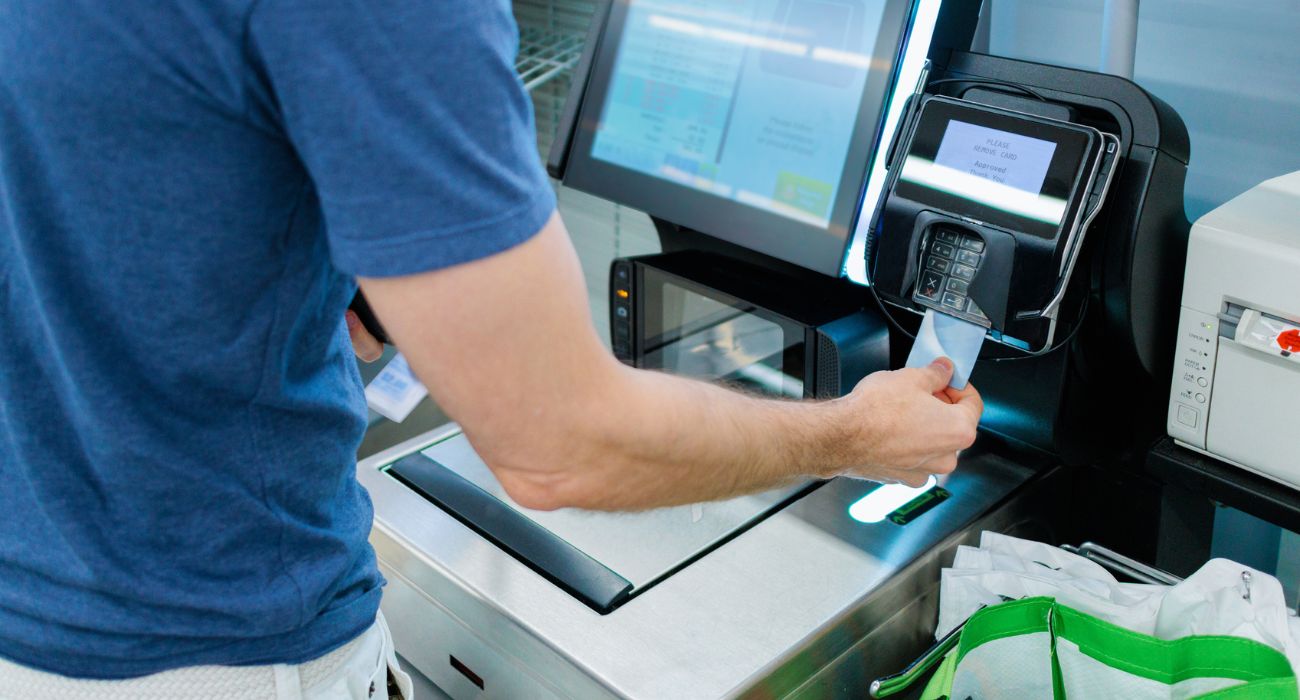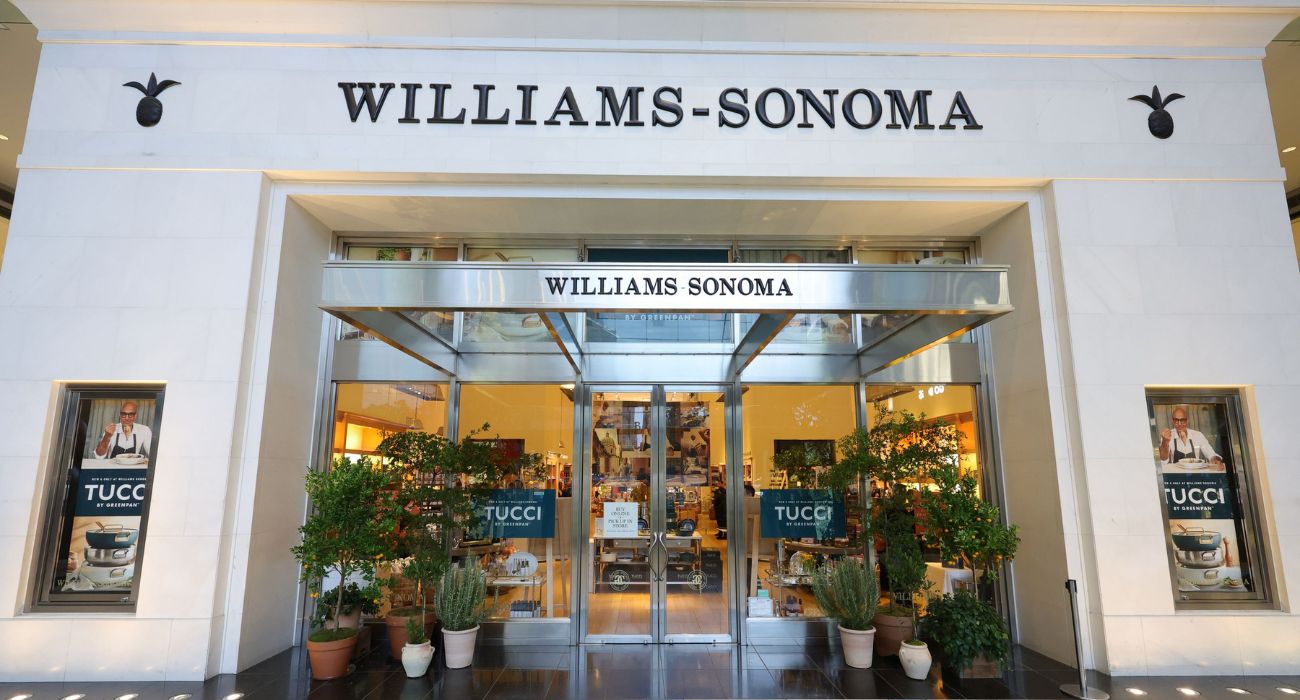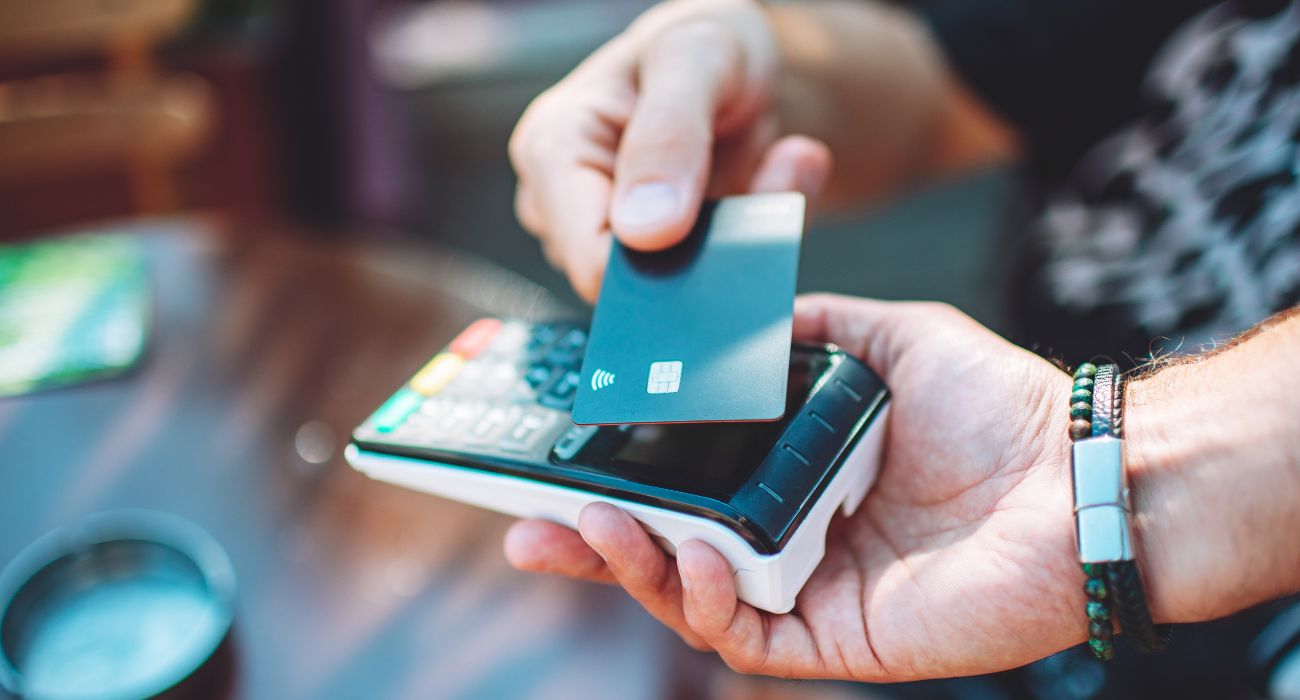Efforts to restrict or limit self-checkouts at Target and Walmart appear to be underway at some locations as losses from retail thieves accumulate.
Certain locations appear to be putting more limits on their self-checkout lanes in a move customers have been talking about online for weeks.
“There is no doubt retailers that have invested heavily in [self-checkout] are now having to develop a range of ways in which to keep the associated losses under control,” said Adrian Beck, emeritus professor of criminology at the University of Leicester in the UK, according to USA Today. “Typically, these are a combination of technologies, guardianship, design, and changes to store processes.”
Target said in a statement that it has closed self-checkouts at certain locations in the interest of finding ways to improve customer satisfaction.
“In select stores, we are piloting a number of tests to determine their impact on the overall guest experience. These tests vary by location,” stated the retailer, per Fox 4 KDFW.
In a statement sent to Fox television stations, Walmart said that any changes to self-checkout lanes at its locations are done to improve “customer flow” according to “the number of shoppers and associate staffing,” according to Fox 4.
“During these times of limited access, some stores are designating select self-checkout stations for Walmart+ customers using our Scan and Go service and Spark drivers for quicker access and delivery services. This decision is intended to better manage checkout availability,” the Walmart statement continued.
Research has suggested that retail losses are 16 times higher at self-checkout lanes than at full-service ones. The estimated shrink rate of 3.5% could translate to over $10 billion in revenue loss for retailers each year, per Grabango.
While some 15% of customers surveyed by Lending Tree have admitted to fibbing a bit by keying in the produce code for a cheaper item or failing to scan an item, the average price of self-reported stolen items was around $60.
The true culprit behind mounting retail losses is more likely organized crime rings.
As recently reported in The Dallas Express, two alleged members of a retail theft ring based in Dallas were arrested and charged with theft in Minnesota after a one-day spree at different Target locations in mid-February. The suspects, Antonio Griffin Jr., 30, and Zachary Charles Fininen, 23, allegedly stole around $18,500 worth of scientific calculators.
In Dallas, reports of property crime far outnumber other types, comprising 61.3% of offenses as of March 11, according to data from the City’s crime analytics dashboard. While vehicle-related offenses — such as motor vehicle theft and car break-ins — are the most prevalent of these crimes, larceny theft and shoplifting have seen considerable upticks in certain city council districts.
For instance, Council Member Jesse Moreno’s District 2 has logged a 7.2% year-over-year bump in larceny theft, while Council Member Paula Blackmon’s District 9 has seen a 30.5% year-over-year rise in shoplifting.
The Dallas Police Department has been critically understaffed, with just 3,000 officers in the field despite a City report recommending a force of around 4,000 to ensure public safety and maintain adequate police response times.
Downtown Dallas has suffered from this shortfall the most, logging considerably more reports of crime than Fort Worth’s city center, which is patrolled by a specialized police unit and private security teams. Yet the Dallas City Council approved a DPD budget of just $654 million this fiscal year, spending considerably less on public safety than the leaders of other high-crime jurisdictions, such as New York City, Los Angeles, and Chicago.






